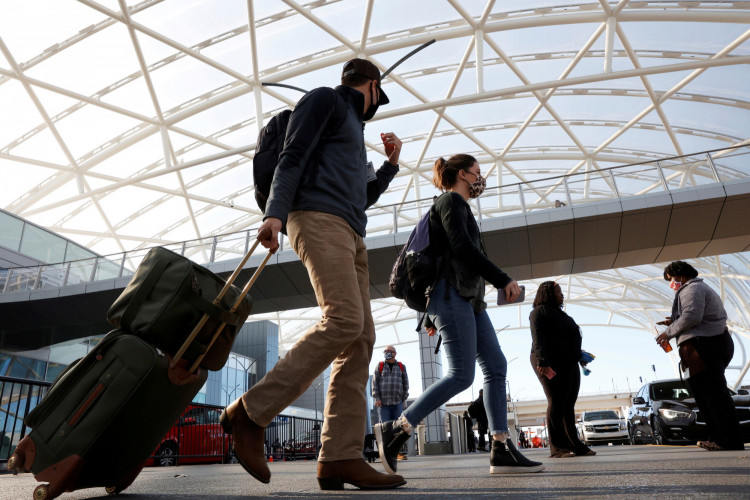The global airline industry has significantly raised its profit forecast for 2024, projecting nearly $1 trillion in revenues as travel demand continues to soar. The International Air Transport Association (IATA) announced on Monday that it expects the worldwide industry to generate $30.5 billion in profit this year, up from an upwardly revised $27.4 billion in 2023. This marks a remarkable recovery from a $140 billion loss in 2020 due to the pandemic.
"The environment is better than we had expected, particularly in Asia," Willie Walsh, IATA's Director General, told Reuters at the IATA annual meeting in Dubai. Despite recent strikes, airlines have managed to keep a lid on underlying labor costs. However, the industry still faces challenges, particularly regarding global supply chain disruptions affecting aircraft deliveries.
Passenger yields, or the average amount paid by a passenger to fly one mile, are expected to increase by 3.2% compared to 2023, driven by constrained capacity growth, which in turn raises average fares. In contrast, cargo yields are projected to fall by 17.5% as freight markets return to normal patterns after booming during the pandemic.
Airline performance is often seen as a barometer for broader economic confidence. The industry, characterized by high fixed costs and stringent regulations, remains fragmented with limited cross-border mergers. "The margin remains wafer-thin; we're still looking at a margin of just over 3%," Walsh noted. "That performance is still well below where the industry needs to be."
In Asia, IATA has more than tripled its profit forecast for 2024 to $2.2 billion, despite a sluggish recovery in international travel in China. North America remains the most profitable region, with projected profits of $14.9 billion, unchanged from earlier forecasts. "Strong consumer spending despite cost-of-living pressure" has bolstered this outlook, IATA said.
The airline industry has also been hit by unforeseen maintenance issues. Repair bottlenecks for Pratt & Whitney engines are expected to ground hundreds of Airbus jets this summer. Industry sources revealed that Airbus, the world's largest plane manufacturer, faces a new surge in supply problems, potentially impacting output plans for the second half of the year. Boeing is also producing fewer 737 MAX jets than planned following a mid-air cabin panel blowout in January that led U.S. regulators to cap production.
The IATA's 2025 annual general meeting will be hosted by Indian carrier IndiGo in Delhi, reflecting the global nature and diverse challenges of the industry.
Despite the positive outlook, expenses are rising sharply. Total expenses for global airlines are projected to reach $936 billion in 2024, a 9.4% annual increase. This leaves profit margins thin, with the return on invested capital expected at 5.7%, which is significantly below the average cost of capital at over 9%. "The airline industry is on the path to sustainable profits, but there is a big gap still to cover," Walsh said.
Walsh emphasized the need to address persistent supply chain issues and called for "relief from the parade of onerous regulation and ever-increasing tax proposals." He argued that more business-friendly policies would enhance airlines' abilities to invest in sustainability. Airlines account for about 3% of global carbon emissions, and IATA has stressed the importance of achieving net-zero carbon emissions by 2050. However, this goal has been met with skepticism from environmental experts.
The positive forecast also reflects a rebound in passenger travel, with a record five billion air travelers expected in 2024. This resurgence underscores the human need to fly and the critical role of air cargo in global trade, delivering $8.3 trillion worth of goods.
However, the path to recovery is not without hurdles. Airlines must navigate the complex landscape of rising costs, regulatory pressures, and environmental responsibilities while striving to meet the growing demand for travel. The industry's ability to adapt and innovate will be crucial in sustaining its recovery and achieving long-term profitability.






